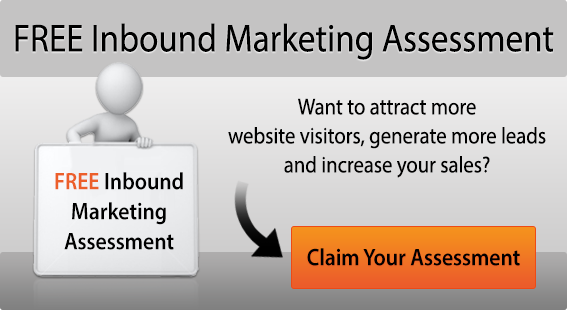Evaluating Inbound Marketing - Does It Really Work?

The internet empowers consumers on a scale unlike any other innovation or invention that’s come along. The web is an infinite source of information on every subject under the sun and beyond, and that has changed the behaviour patterns of buyers. No longer are they content with making decisions based on information pushed onto them by marketers. Instead, consumers now proactively search out the information, products and services that they want and need online. That is where inbound marketing enters the picture.
If your business has posted the type of content that users are searching for online, and it’s of a high enough caliber that it ranks well in search results, chances are good that they will be drawn to your business. That’s how inbound marketing works to bring in new leads and increase conversion rates (as long as the content is high quality, fresh, and engaging). Still unconvinced? Consider these inbound marketing facts:
-
In 2013, 79% of businesses with a blog reported a positive ROI
-
75% of online users don’t scroll past the first page of search results. By continually posting value added content, the search ranking of your business site and landing pages will improve, and more people will find you.
-
Social media has a 100% higher lead-to-close rate than outbound marketing (social media is critical to inbound marketing strategies).
-
Inbound marketing yields 54% more leads than traditional types of paid marketing.
Inbound Marketing Benefits
The recorded figures highlight some of the benefits of engaging in an inbound marketing strategy, including higher lead yields and a positive ROI. However, inbound marketing benefits extend beyond just those listed. For example, inbound marketing is less expensive than outbound marketing, to the tune of 60%.
Brand building is another of the myriad inbound marketing benefits. If yours is a business that has yet to build its brand online, strategic content creation can go a long way in helping in that effort. By planning your content with an eye toward crafting a precise business image, your inbound marketing efforts will reel in the right customers and help build your brand at the same time.
Content created as part of an inbound marketing strategy can serve as a sort of glue for the businesses website, landing pages, and social media accounts, too. Maximise your blog, video, and photo content by inserting links to your sites and pages on every post. Multiple channels also offer an opportunity for faster and higher ROI.
How to ‘Do’ Inbound Marketing
Techniques vary – with our clients, we find that every campaign is different as we adapt to a particular business and market. However, there are some accepted guidelines, the most important of which is that you must regularly post value added, creative content.
Since inbound marketing isn’t about attracting everyone, but only those who are most likely to become customers, the type of content you offer matters. So, always consider your choice demographic in your content creation decisions. If you serve multiple demographics because you sell a general item, such as shoes, target each group separately with different types of content and different landing pages.
Regardless of how many types of content you post or how often, your business blog is going to be the centrepiece of your inbound marketing strategy. So, treat it as such. Never pollute your blog with filler material, scour each post for grammar, spelling and syntax errors, and regularly audit your blogs for broken links and outdated information. The strength of your blog posts will set the tone for the rest of the content you post, so it needs to be top tier material.
Inbound marketing works, and it works well. However, just like anything else, it won’t yield results without effort. But, given the benefits to be gleaned, including the remarkable potential for ROI, the effort is well worth it.
Article by Will Williamson


